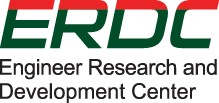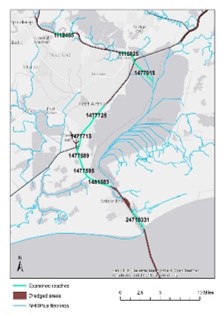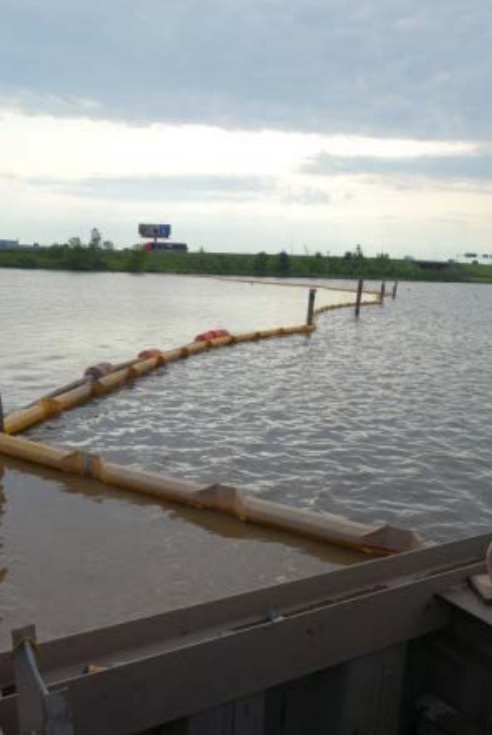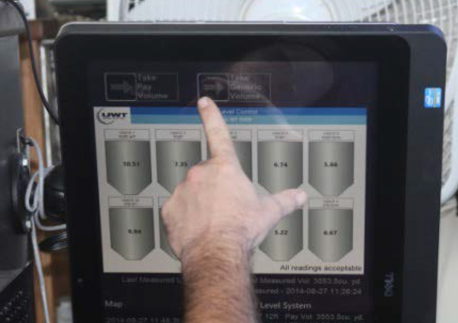Utilizing Stream Flows to Forecast Dredging Requirements
Lead researcher: Elissa Yeates
Description: This project involves model development, simulations, and results of the utilization of Stream Prediction Tool (SPT) data to estimate and to predict sedimentation loads and dredging activities






